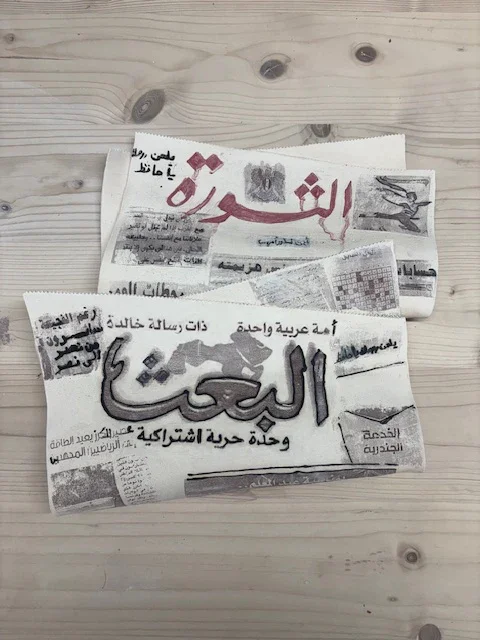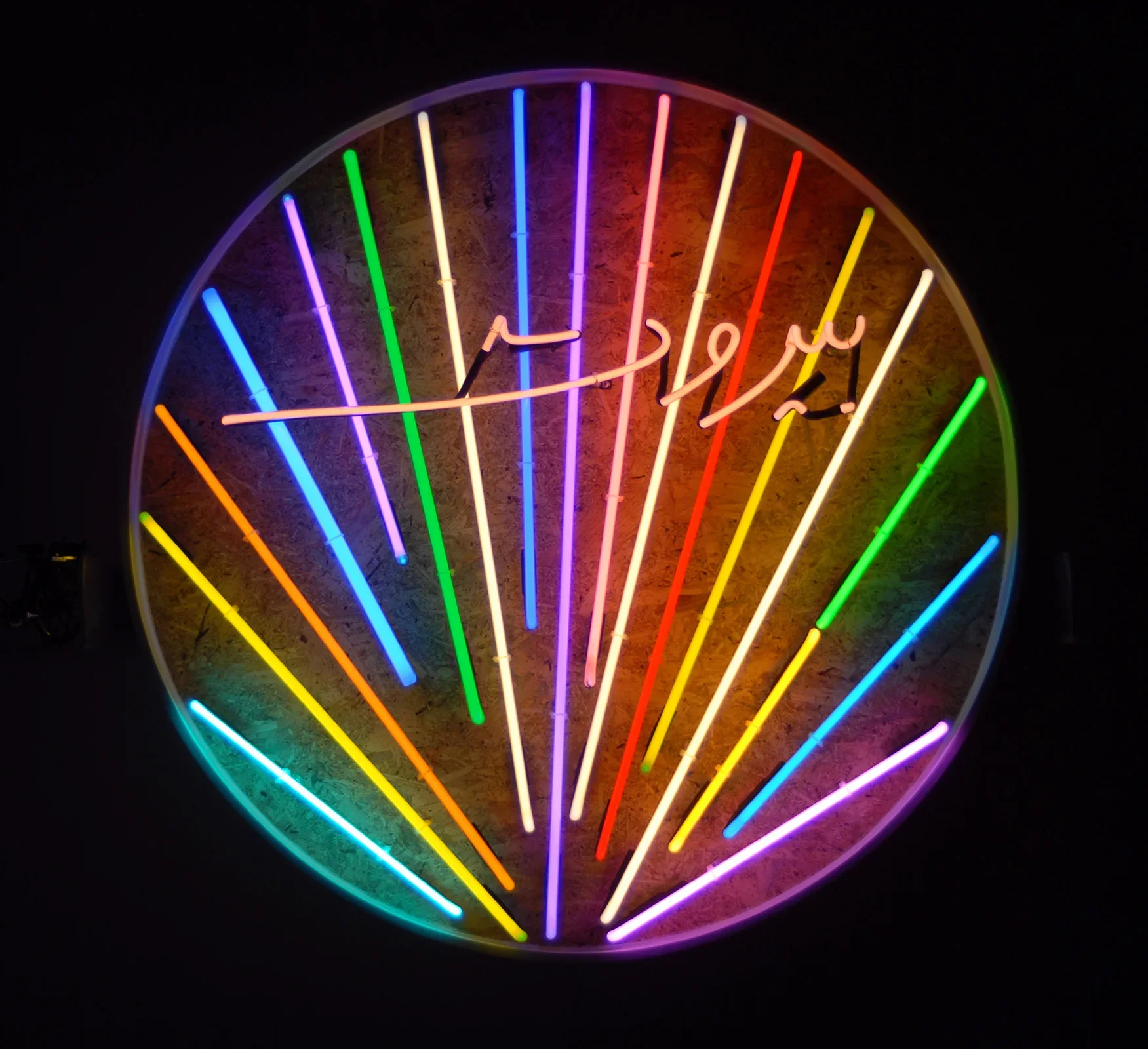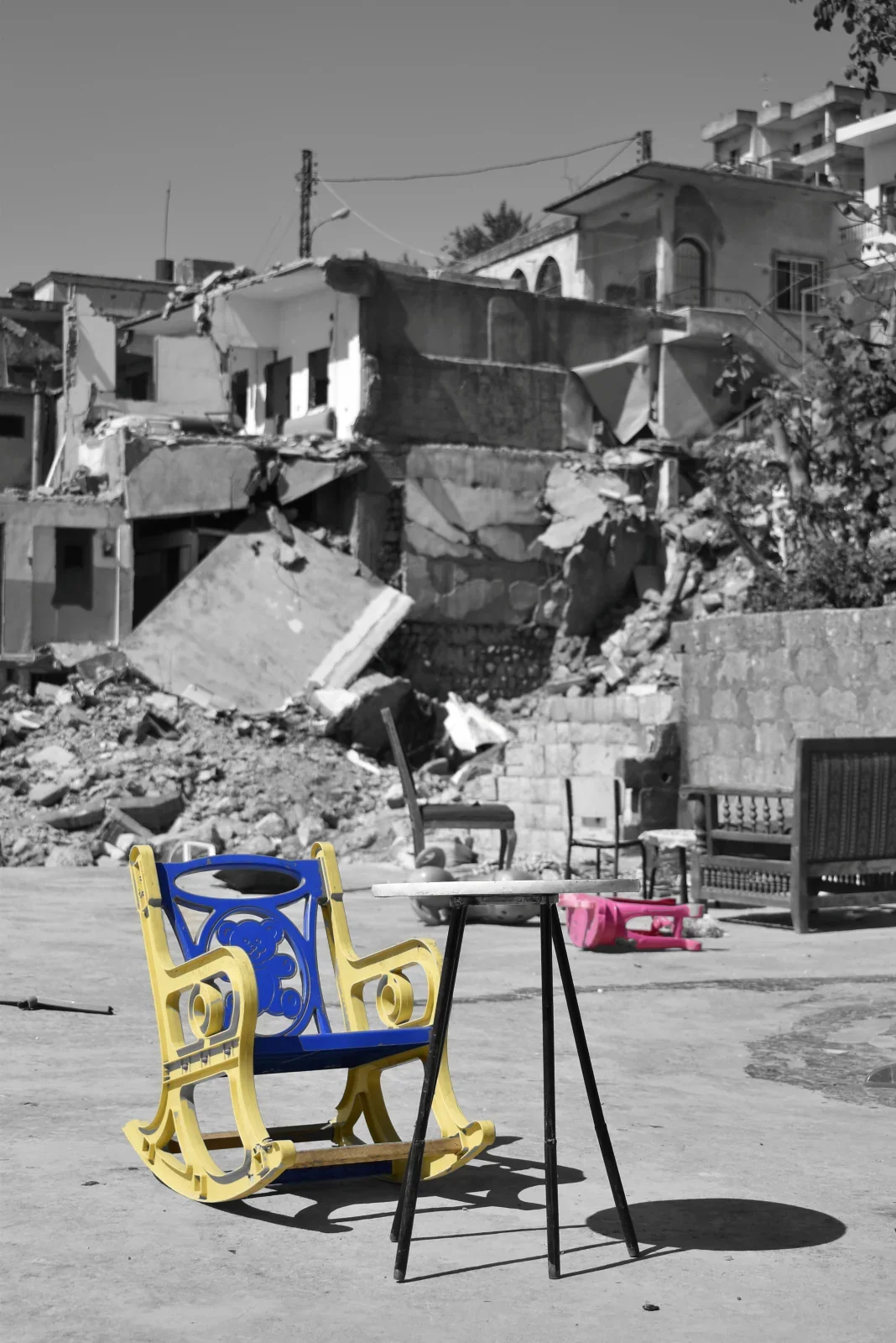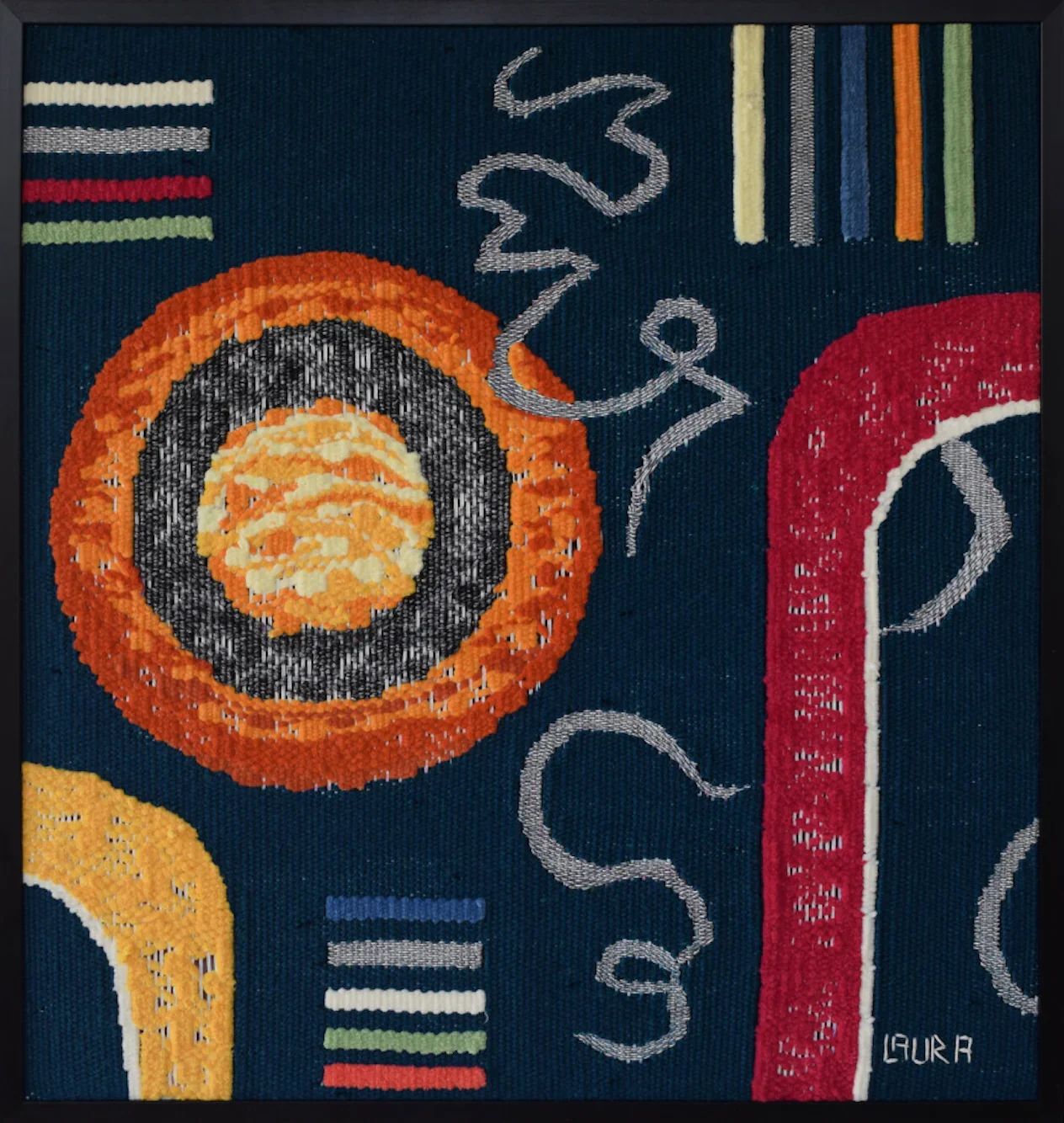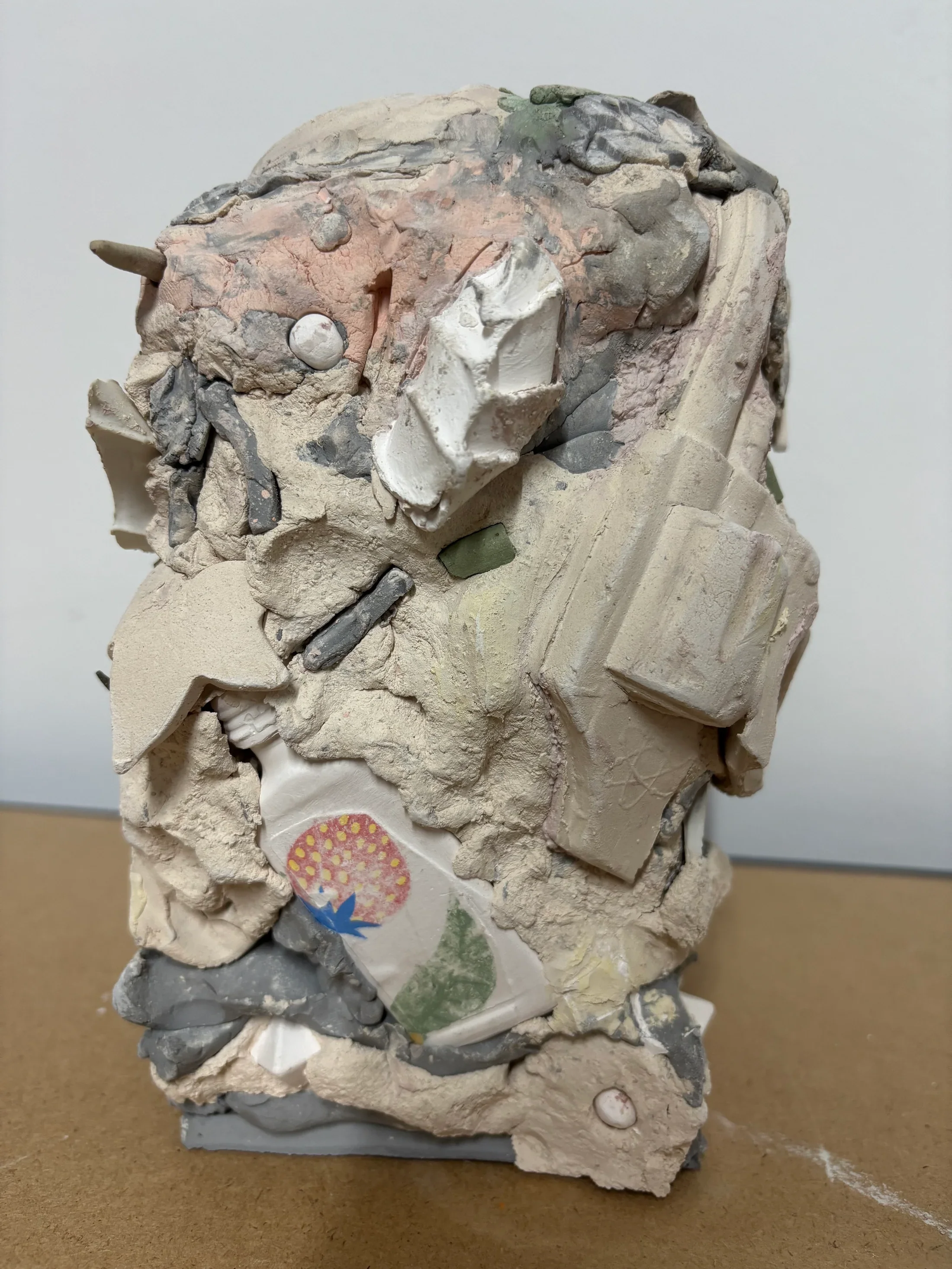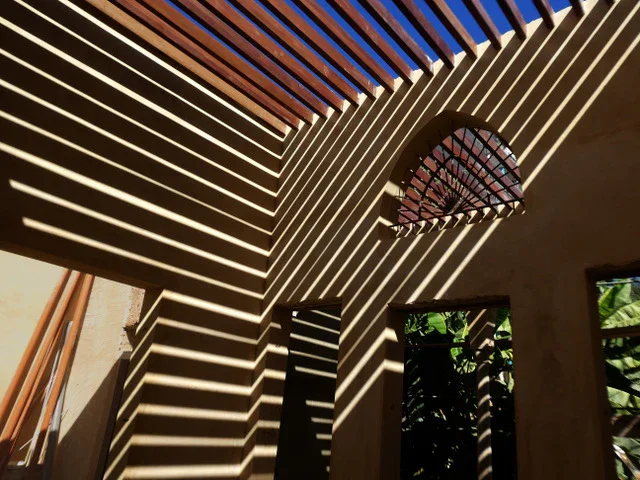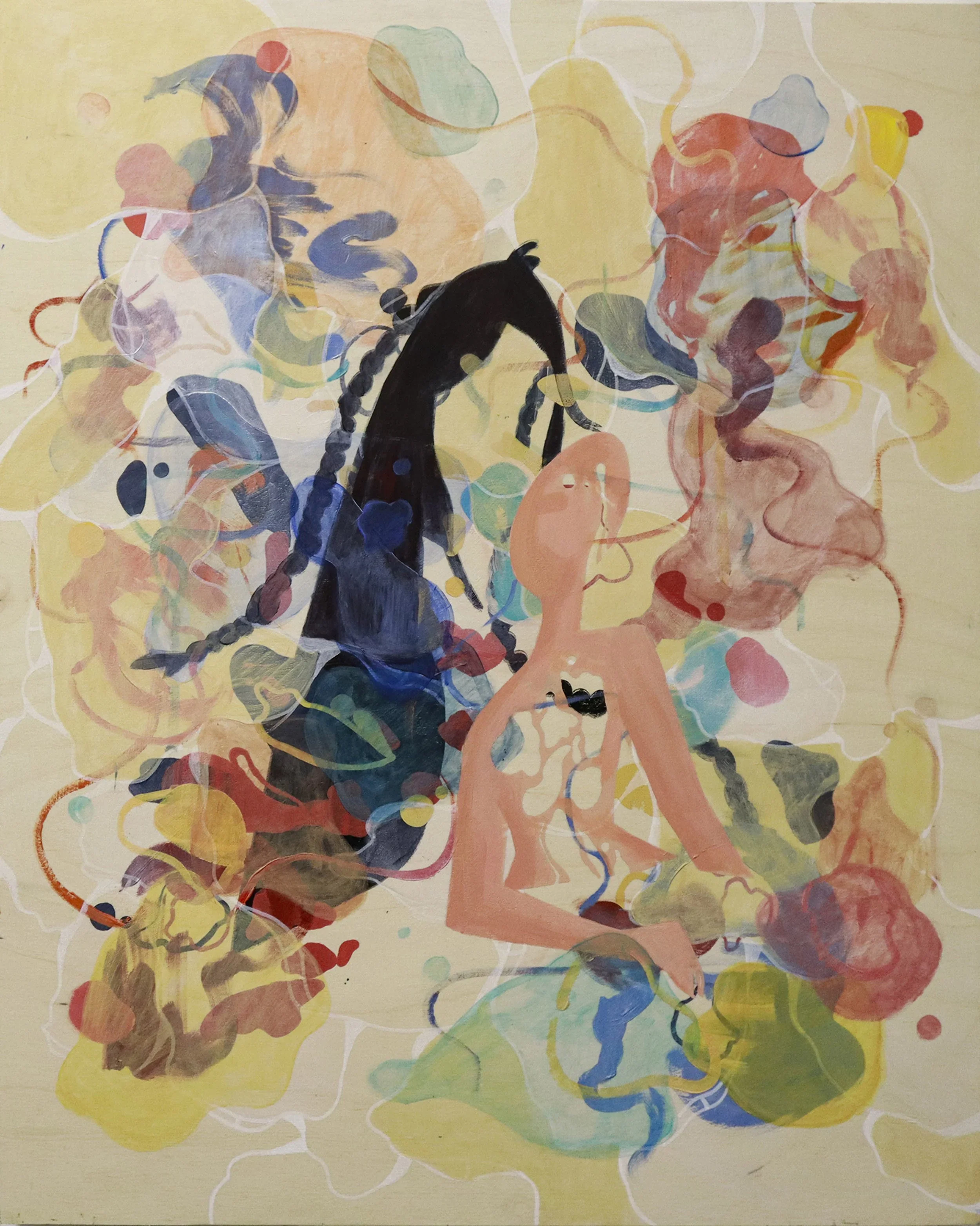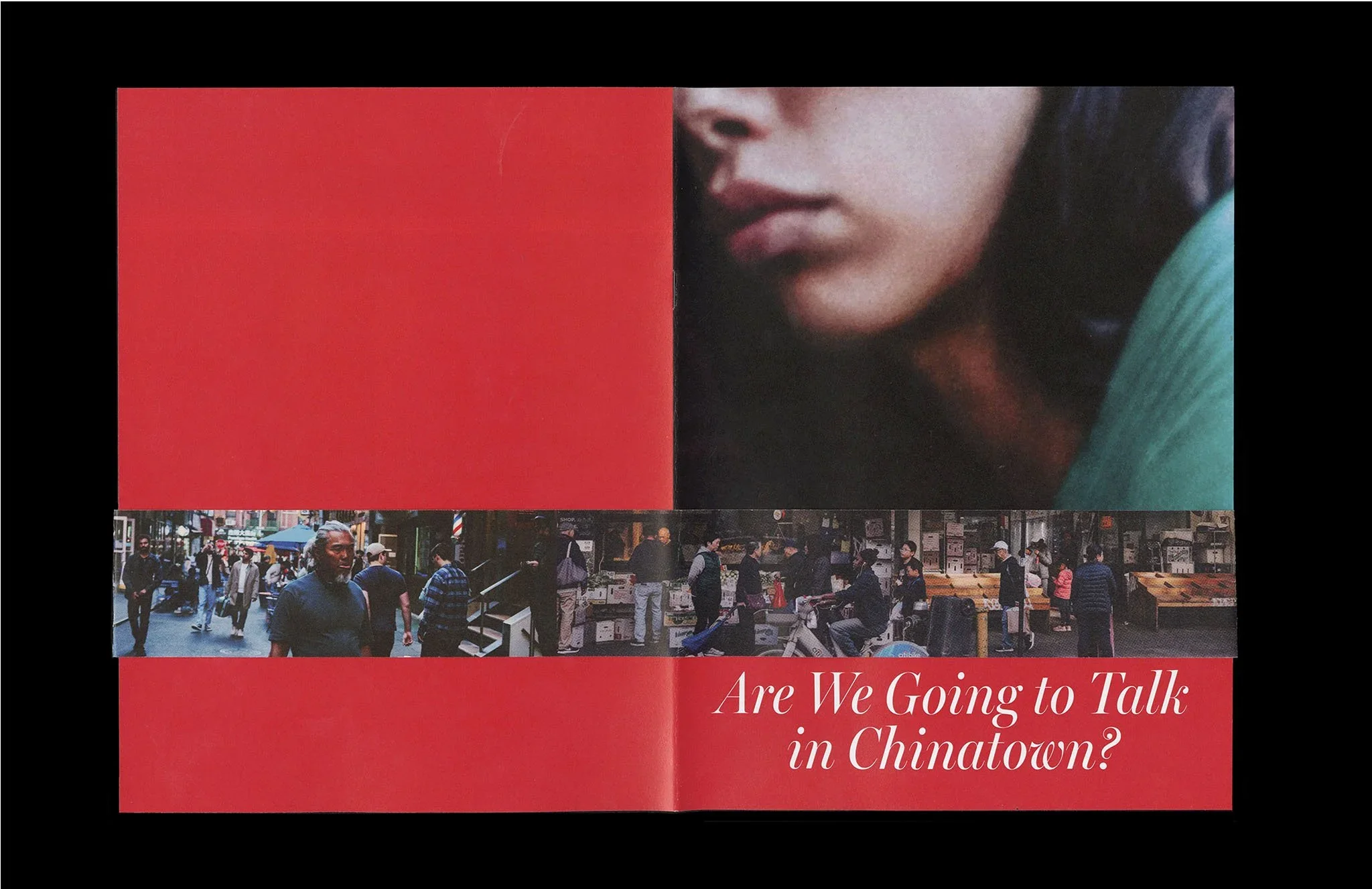Aftermaths | Hybrid Collective Exhibition at Kulturnest
10 Questions with curator Dr. Pamela Chrabieh
“Aftermaths” explores what follows traumas, collapse, or any experience one undergoes, whether positive, negative, or ambiguous; through war, displacement, climate crisis, identity shifts, or intimate ruptures. This exhibition is both a mirror and a continuation of the themes Kulturnest has explored since its inception. Questions of memory, identity, history, diversity, inclusivity, fortitude, and metamorphosis have been at the heart of our programming, from previous workshops and hybrid exhibitions - such as Culture and Digital Transformation (2023), Unyielding (2023), Art Her Way (2024), Urban Canvas (2024), and Embodied Realities (2025) -, to numerous cultural activities, including conferences and publications, that reflect our commitment to positioning the arts as a space for critical dialogue, healing, and social imagination. “Aftermaths” emerges from this trajectory, weaving the threads of our past initiatives into renewed individual and collective reflections.
Curated by Kulturnest co-founder & CEO Dr. Pamela Chrabieh, this exhibition gathers 27 local and international creatives, including poets and visual artists from the London Arts-Based Research Centre (LABRC), in a powerful dialogue on resilience, memory, and imagination.
Featured Artists
The participating artists, spanning emerging, mid-career, and established voices, employ a wide array of materials, techniques, and styles. Their works range from acrylic, oil, and mixed media on canvas to neon installations, sculptures, photography, weaving art, digital art, hybrid art, and poetry. Together, they create a kaleidoscope of perspectives on survival, continuity, and transformation.
Abdulrahman Ghalayini, Adam Wyeth, Anthony Anaxagorou, Chloe Campbell, Dana Mufti, Georges Haddad, Gilbert Loutfi, Gloria Barbar Assily, Hedy Habra, Jeanne d'Arc Bou-Younes, Jessica Hajjar, Joseph Ghobeira, Katia Aoun Hage, Lara Youakim, Laura Taleb, Lucy Poshoghlian/ARDZIV, Maria-Sophia Christodoulou, Mundi Ruptor, Nadia Wardeh, Nada Raphael, Nadine Tabri, Olga Safa, Ovsanna Yepremian Telfeyan, Pamela Chrabieh, Rima Ghanem, Roula-Maria Dib, Salma Ahmad Caller, and Youmna Jazzar Medlej.
CURATOR'S NOTE
Not every break is a wound. Some ruptures are thresholds we choose; others are imposed and become trauma. Our upcoming "Aftermaths" hybrid collective art exhibition follows the personal mark and the collective echo.
The exhibition brings together 27 voices in a polyphonic conversation on the recomposition/change of lives, bodies, and languages after waves, shock, loss, or any transformational event. Across painting, neon, weaving, ceramics, photography, illustration, hybrid/digital works, and poetry, intimate diaries stand beside civic echoes - family archives next to city walls -, so meanings cross-pollinate rather than harden.
"Aftermaths" moves through three converging currents: what remains, how we carry it, and what we dare to imagine next.
I- What remains.
In still, symbolic photographs, Abdulrahman Ghalayini distils the residue of time - Ashes of Time, for instance, suspends a scorched timepiece between past and trace. While Jessica Hajjar’s images of abandoned homes and struck landscapes keep open the wound where “life froze.” Youmna Jazzar Medlej’s lens turns restoration into a parable: broken fragments reassembled, the question of whether humans can be mended left deliberately unanswered. Hedy Habra’s persona poem Once Upon a Time, an Olive Tree lets a tree remember elders cut and burned, its roots speaking the quiet grammar of endurance. Nada Raphaël’s Burned Alive and In the End map Lebanon’s aftermaths across forests and walls - where ashes, erasures, and fractures linger, yet where resilience and memory carve out fragile continuities.
II- How we carry it.
Text and voice hold aftermath in the body: Adam Wyeth’s about:blank (animation poem film) fuses poetics, myth, and AI to inhabit post-collapse interiority; Anthony Anaxagorou’s poem Float stays with language at the lip of grief; Chloe Campbell’s elegy begins at the brink - “World, will you still be beautiful…”; Maria-Sophia Christodoulou’s “Warning: Distressing Content” refuses silence where intimate and geopolitical violence entangle; Nadia Wardeh’s Hymn of Death walks the threshold between departure and return; Roula-Maria Dib’s “Ella Ma Temro’ Nasmi” braids hill-paths, kitchen scents, and diaspora into a breeze that cools the wound. Rima Ghanem’s ink drawings stage the mind’s cages and the possibility - sometimes the impossibility - of flight.
III- What we dare to imagine next.
Material practices translate fracture into form: Dana Mufti’s ceramics carve and cast war’s remains - spiked blooms, broken headlines, a red flower under rubble - seeking tenderness inside ruin. Laura Taleb’s woven Memory of the Present holds architecture as moving memory, listening for “ghosts of the future” in circular, breathing rhythms. Georges Haddad reclaims neon as feeling - Mosaic ignites a pre-blast Beirut where chaos and order co-glow beneath the word “Beirut.” Joseph Ghobeira’s Sasha and AZ - eye, wing, wandering body - haunt the now with unresolved dreams.
Painting and hybrid image-making recompose vision: Gilbert Loutfi’s Blurry Visions hovers between real and fabricated recall in an age of AI; Gloria Barbar Assily crowns Fairuz in gold while mourning a mother’s unspeakable loss; Katia Aoun Hage’s And after comes faith walks among ruins toward the discipline of belief; Lara Youakim’s Urban Metamorphosis renders a city in flux - construction, deconstruction, resilience; Lucy Pochoglian/ARDZIV layers urgent color fields where scars and breath co-occupy the canvas; Nadine Tabri’s Hope cleaves darkness from light to insist on a future; Olga Safa’s Voices turns resonance into pattern, a chorus of whispers and declarations; Ovsanna Yepremian Telfeyan paints the delicate ache of Separation- vases as vessels of unspoken feeling. Salma Ahmad Caller’s photographic suite The Album of Afterlives, sutures family archives into colonial texts, letting ghosts and double exposures contest the record.
At the exhibition’s heart, the hybrid icon Unbroken by Pamela Chrabieh bears the crackle of survival - faces as witnesses carry scars and continuities. Jeanne d’Arc Bou-Younes’s sculptural Leave me Be answers with sovereign stillness: a right to rest after battle. And last but not least, with The Boy with the Toffee Apples, a song by Mundi Ruptor, "the music goes on, goes on, saving souls, hiding tears… the aftermath of a war which has never learnt to end."
As a hybrid exhibition, Aftermaths refuses closure. It is a threshold where remembrance becomes method, craft becomes care, and imagination becomes infrastructure. Here, the residue of harm or any sort of change is neither denied nor fetishized; it is worked through image, line, fiber, neon, clay, and breath into forms of meaning that look forward. From silence to chorus, shard to weave, we witness not the end of a story but the making of many beginnings.
If you are in Lebanon, come to Kulturnest and meet these artworks in person. If you are elsewhere, enter the virtual rooms; distance alters the path, not the encounter.
INTERVIEW
Welcome back to Al-Tiba9. Since we last talked, how has Kulturnest evolved? What significant experiences did you bring forward over the past few months?
Since 2023, we have been exploring interconnected themes around memory, identity, human rights, resilience, and kaleidoscopic cultural expressions, to name just a few of the many themes we have been tackling - each exhibition, art market, cultural activity, publication, conference, etc., approaching these questions from a different angle. Aftermaths is our fifth collective exhibition, and our fourth hybrid one. Over the past months, Kulturnest has grown by continuing to balance its physical and digital presence, developing our concept store and eShop/eGallery, and sustaining international collaborations. We also took part in the Beirut Art Days this past summer, and collaborated with local initiatives such as Artists of Beirut and MinalShaab. These experiences reinforced our role as a meeting point for art, dialogue (intercultural, transnational, phygital), and community. For Aftermaths, we extended this spirit of collaboration to the London Arts-Based Research Centre, with whom we have worked before.
You recently opened your latest exhibition, Aftermaths. What sparked the decision to dedicate an entire exhibition to the idea of ‘aftermath’ at this moment in time?
The theme of aftermaths felt urgent because it reflects so much of our lived reality in Lebanon, but also extends globally. Aftermaths are not only about trauma and loss; they can also follow positive experiences, marking transformation and change. We wanted to hold a space where both the intimate and the collective could be explored: how individuals process their own ruptures alongside how societies respond to broader crises. The exhibition invites reflection on personal and public memory, identity, history, and imagination.
As you mention in your curatorial text, the exhibition is organised around three currents: what remains, how we carry it, and what we dare to imagine next. How did this three-part structure emerge, and how does it shape the visitor’s experience?
This three-part structure comes directly from my curatorial research and practice, which has long focused on the above-mentioned themes. Over the years, and through my work as an artist, author, scholar, and curator, I recognised these recurring movements: the remnants that stay with us, the ways we learn to carry them, and the possibilities we dare to envision. Shaping the exhibition around these three currents creates a narrative arc for the visitor: it is at once introspective and forward-looking, giving a framework to engage with the artworks as part of a wider continuum.
Aftermaths builds on a series of previous exhibitions like Unyielding, Art Her Way, and Embodied Realities. In what ways does this new project deepen or shift the institution’s mission?
Each exhibition deepens our mission of fostering art as a tool for dialogue, reflection, and change. With Aftermaths, we take this further by situating aftermaths in multiple registers: personal, collective, and even global. It shows how creativity can metabolise experiences into forms that inspire conversation, solidarity, and vision. It helps us further position Kulturnest as a bridge between intimate experiences of disruption and broader cultural transformations.
For the Aftermaths, you gathered 27 artists and poets from different generations, regions, and practices. What guided your selection process, and how did you ensure a balance between local voices and international perspectives?
The guiding principle was resonance. The curatorial process centred on works that interrogate the notion of aftermath in its plurality: the silence that follows rupture, the memory that preserves and transforms, and the imaginative drive that opens onto new possibilities. The selection balanced local artists deeply rooted in Lebanon’s realities with international voices whose perspectives expand and contextualise those realities. The mix of generations and practices was intentional: to create a chorus of voices that reflect the diversity of human experience while remaining connected.
Syrian Newspapers - Al-Ba’ath & Al-Thawra By Dana Mufti
Mosaic By Georges Haddad
Can You Hear Them Play By Jessica Hajjar
Passion P2 By Laura Taleb
The show combines poetry, photography, weaving, ceramics, neon, and digital works. How do you see these different media conversing with one another around the central theme of aftermath?
Every medium carries its own emotional and symbolic charge. Weaving speaks of mending and continuity, ceramics of fragility and endurance, neon of urgency and visibility, while poetry threads through the ineffable. Photography captures what is present and what is missing. Alongside these, digital and hybrid works add another dimension: they question how memory, loss, and transformation circulate across screens, codes, and virtual spaces. For me, this is not an experiment but a continuation of a decade-long practice as a hybrid artist, where physical and digital converge, clash, and reconfigure. It is also not the first time Kulturnest features such works; in past exhibitions, we have explored AI-generated pieces shaped by human intention. In Aftermaths, this conversation deepens, inviting viewers to reflect on the merging, and sometimes the dissonance, between the tactile and the immaterial, between human creativity and machine intelligence. Together, these media expand the theme beyond any single form. They open dialogues across materials, emotions, and technologies, echoing the very idea of aftermath as a layered, multi-dimensional experience.
This is the fourth hybrid exhibition by Kulturnest, unfolding both in Sin-el-Fil and the metaverse. How does the virtual dimension expand or alter the public’s encounter with the works compared to the physical exhibition?
The hybrid model has been central to Kulturnest since the very beginning. From our first exhibitions, we saw the importance of creating a double entry point into art: one grounded in the physical space of our garden and rooms, where the encounter is tactile, embodied, and communal, and another in the digital sphere, where works can be accessed, reframed, and reimagined across borders. In Beirut, visitors experience art in its material presence, the textures, scales, and collective atmosphere, while online, in the metaverse, the encounter becomes a different kind of journey, one that expands accessibility and reveals new spatial narratives. For us, this duality is not an add-on but an integral reflection of our times: aftermaths unfold in physical geographies as much as in digital ones, and art must hold space for both.
What kind of reception are you hoping for from audiences in Lebanon versus those engaging remotely? Do you anticipate different readings or emotional responses depending on the context?
Yes, absolutely. Local audiences in Lebanon often engage with a kind of immediate recognition. The works resonate with their daily realities, whether it is the aftermath of war, economic collapse, environmental degradation, or more intimate ruptures that echo these broader struggles. The imagery, materials, and even the gestures embedded in the works are often tied to a lived context that feels close to home, so the response can be visceral, raw, and deeply personal.
For international audiences, the entry point may be different. They might approach with curiosity, sometimes even a sense of distance, but they quickly connect through their own experiences of aftermath, which may be personal, like grief or loss, or collective, like climate crises, migration, or cultural dislocation. While the intensity of emotional reactions may differ, what unites both local and international responses is the recognition that aftermaths are universal.
Ultimately, the goal is not to emphasise difference but to open a space of empathy and dialogue: to show how diverse stories of rupture and renewal can converge into a sense of shared humanity. By presenting these works simultaneously in Beirut and in the metaverse, we create the possibility for audiences from different geographies to stand in parallel before the same questions: What remains? How do we carry it? And what can we dare to imagine next?
Under the Rubble By Dana Mufti
Lights of Hope and Resilience By Youmna Jazzar Medlej
Several participating poets are connected to the London Arts-Based Research Centre. How did this collaboration come about, and what does it add to the exhibition’s narrative?
The collaboration with LABRC builds on a relationship of trust and shared vision that has developed over the years. Thisis not the first time we have worked together, and each project has reinforced how complementary our approaches are. LABRC’s poets and visual artists bring a research-based, experimental dimension that pushes the boundaries of what an exhibition can be. Their presence allows Aftermaths to move beyond the visual register alone, to also inhabit scholarly, poetic, and performative spaces.
What they contribute is not simply content, but a methodology: a way of thinking through aftermaths as layered experiences that can be explored analytically, imaginatively, and personally. This strengthens the exhibition’s role as an artistic event and a site of intellectual inquiry. It situates Aftermaths within a wider international conversation on how art responds to trauma, change, and transformation, ensuring that what begins here in Beirut resonates with debates and practices elsewhere.
In this sense, LABRC’s involvement underscores one of Kulturnest’s core commitments: to weave local and global perspectives into dialogue, and to show how the arts can generate knowledge as much as they generate aesthetic and emotional experience.
Since “aftermath” is also about beginnings, how do you see the insights from this exhibition informing Kulturnest’s future programming and your own curatorial practice?
Aftermaths reaffirmed for me the importance of hybridity, dialogue, and openness in our programming. But this affirmation does not happen in a vacuum. We are living through yet another war in Lebanon, with peace feeling increasingly like a distant horizon, almost a utopia. In such a context, curating an exhibition on aftermaths is not just an artistic choice; it is a political and ethical gesture. It is about holding space for reflection, for questioning, for mourning, but also for imagining futures that seem impossible right now.
Moving forward, our role is not only to showcase works but to weave encounters between artists, audiences, and contexts that might otherwise remain isolated from each other. These encounters, whether in our garden in Beirut or in the virtual exhibition abroad, become small acts of resistance against fragmentation and despair. They remind us that dialogue, however fragile, is still possible.
Personally, what I carry from this project is a strengthened conviction that art is not a luxury in times of crisis, but a necessity. It offers us a way to navigate complexity, to sit with contradictions, and to dwell in aftermaths without rushing to erase them. Art cannot resolve war, but it can help us see, feel, and imagine differently, and in that sense, it keeps alive the possibility of transformation, however distant peace may seem.
Artist’s Talk
Al-Tiba9 Interviews is a promotional platform for artists to articulate their vision and engage them with our diverse readership through a published art dialogue. The artists are interviewed by Mohamed Benhadj, the founder & curator of Al-Tiba9, to highlight their artistic careers and introduce them to the international contemporary art scene across our vast network of museums, galleries, art professionals, art dealers, collectors, and art lovers across the globe.



